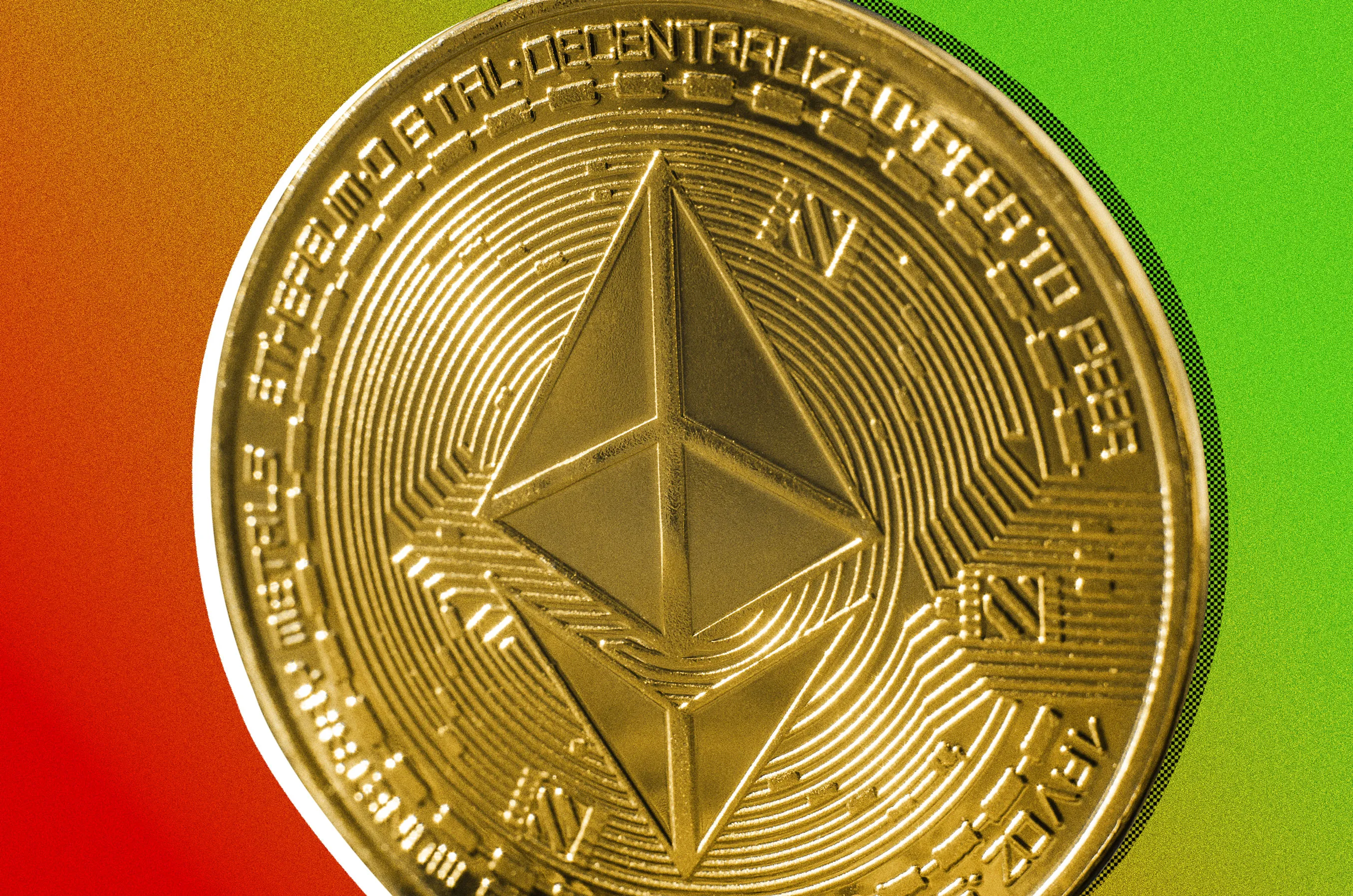Like any cryptocurrency out there, the price of ETH, the token of the Ethereum network, is prone to plenty of volatility because of the many factors that can affect it. First and foremost issupply and demand, however there are also a number of components that can affect supply and demand, including:
- The Price of Bitcoin: While ETH is the second most popular crypto out there today, we mustn’t overlook the so-called “King of Crypto” Bitcoin, the price of which tends to affect the overall cryptocurrency market. When Bitcoin seems bullish, there’s a pretty good chance other cryptos like ETH will follow suit.
- Media Attention: This is a no-brainer. The news and social media can have a profound effect on the price of cryptos like Ethereum by encouraging interest and demand. In fact, a recent study exploring the link between social media posts and crypto prices revealed that particular sentiment expressed via social media tended to precede particular price movements. Content about governments, trading and ETH as an exchange currency negatively impacted both Bitcoin and Ethereum prices, while content focused on investments tended to result in price increases.
- High Transaction Volume: An uptick in transaction volume can cause the number of transaction fees on the Ethereum blockchain to go up. These fees then go to ETH miners, who typically sell them on the market, upping availability. At the same time, an increase in the price of transaction fees precipitates the demand for ETH, as more of the crypto is needed to pay the fees.
That’s supply and demand in a nutshell, however, let’s take a closer look at two other factors whichmay have an impact on the price of Ethereum and, therefore, the way investors trade cryptocurrency as CFDs: Decentralized Finance and NFTs.
De-Fi a Winner for Ethereum
Ethereum and decentralized finance seem to go hand-in-hand from the outset. Called De-Fi for short, decentralized finance is “…a collective term for financial products and services that are accessible to anyone who can use Ethereum – anyone with an internet connection,” according to Ethereum.org. This means that, unlike a country’s financial system that’s run by an institution such as a central bank, which essentially controls the way money is handled and lent, there is no governing body that could otherwise limit one’s access. Instead, a system called blockchain technology handles transactions, such as when you trade cryptocurrency or when you pay for something using an ETH token. De-Fi therefore provides a fast, efficient, and error-proof way of conducting a wide array of financial transactions in a mode that’s universally accessible.
That’s good for Ethereum for a number of reasons. First, no one can own Ethereum (the platform, not the token, which is ETH) or the “smart contracts” that are conducted on it. This provides universal access with rules that are unchangeable. Second, all De-Fi products speak the same “language,” allowing them to smoothly collaborate. Third, before there was ETH there was Ethereum, a shared ledger that accurately keeps track of transactions involving both tokens and cryptos. Lastly, the folks at Ethereum.org pointed out that Ethereum provides complete financial freedom, as most products that run on the ledger will never take charge of your funds, thus giving you full control.

TheFoggy Bond Between NFTs and Cryptos
NASDAQ said it best: “NFTs and cryptocurrency have been joined at the hip from the very beginning.” You need the latter to buy the former, and both are essentially confined to an e-wallet. Also, the price of NFTs is in crypto denominations, and according to the same NASDAQ source, most people who own NFTs also invest in crypto—hardly surprising since both depend on blockchain transactions for validation and ownership.
Naturally, as with fiat currencies and the price of goods in the physical world, price movements of cryptocurrencies have an impact on the value of NFTs, and from that information one could assume that ebbs and flows in the popularity of NFT purchases could have an effect on the price of such cryptos as ETH. However, that link is not cut and dry. In fact, during the “Crypto Winter” of 2022, an NFT called CryptoPunk#4464 was purchased for 2,500 ETH, constituting the biggest NFT sale during a period when cryptocurrencies lost over $2 trillion in value since the 2021 apex. The moral of the story: even during an epic period of crypto lows, a major NFT purchase was still able to take place.
What does this mean in the long run? According to NASDAQ, not much. “In the end, the relationship between crypto prices and NFT values is muddled, but the picture likely will become clearer when the current crypto winter finally thaws.”
The bottom line
Cryptocurrencies like ETH and Bitcoin are still relatively new, meaning that digital offshoots like NFTs are even newer. While we’re still getting accustomed to the unique world of decentralized finance and all the unique characteristics it entails, it’s vital to gather as much information as you can before you trade cryptocurrency prices as CFDs. While NFTs may not have much bearing on crypto prices yet, other elements like social media exposure and supply and demand do, so keep one eye trained on price charts and the other on the financial news so you can make more informed trading decisions.

